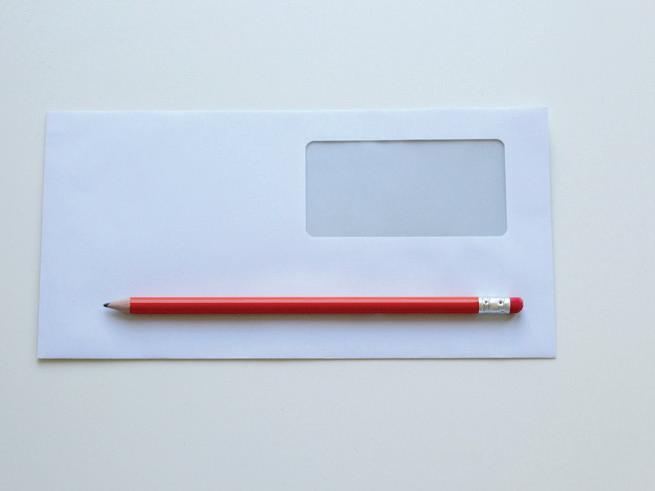
2 minute read
Writing styles
FORMAL AND INFORMAL WRITING
When writing a letter or an email, the writing style plays a very
important role, especially when you are trying to impress a potential employer.
There are two main writing styles to consider: formal and informal. The tone, word choice and structure vary according to your audience.
Formal writing is used when we do not know the reader. It is used when writing for academic and professional purposes.
Informal writing is used for personal and casual communication. In informal writing a personal and emotional tone is used and the reader is directly referred to by the words ` you` or `your`. It is used when writing personal emails, text messages and letters to friends and family.
WHAT IS THE DIFFERENCE?
Purpose
Formal Writing
A formal writing style is needed when applying for jobs, work experience and when you are writing to someone you do not know
Sentences Should be long and without abbreviations
Personal pronoun Third person
Informal writing
An informal writing style is used when writing for a personal or casual purpose to a friend of family member
Short and simple
First and second person
Tone Professional and polite Personal and friendly
TIPS FOR WRITING FORMAL EMAILS WITH CONFIDENCE:
1. Know your audience. The way you address a potential employer, teacher or work colleague is very different to the way you speak to a friend online.
2. Start with a name. Do you know the person by name? It is always best to address a person by name if you know it. ` Dear Susan’ would be appropriate for someone you have not met, whereas `Hi Susan’ is more suitable for a familiar contact or a person you talk to regularly.
3. Keep it short. The workplace is a busy environment. It is best to make your point quickly.
However, avoid coming across as rude with one word answers.
4. Sign-off. If you opened with ‘Dear Sir/Madam’ the correct formal sign-off is ‘Yours faithfully’ whereas a message to ‘Mr Davies’ should end with ‘Yours sincerely’. There are various less formal sign-offs such as a simple ‘Thank you’.
5. Check your tone. What you write does not always come across in the same way as if those words had been spoken. Before you hit send, double check your words will not be read as too blunt or too casual.
6. Check for errors. Double and triple check for any spelling or grammatical mistakes.
ACTIVITY - WRITING YOUR OWN FORMAL EMAIL
Looking at the below template and the Words for Work word bank, write your own formal email asking for work experience for your dream job.
Subject:
Email text:






